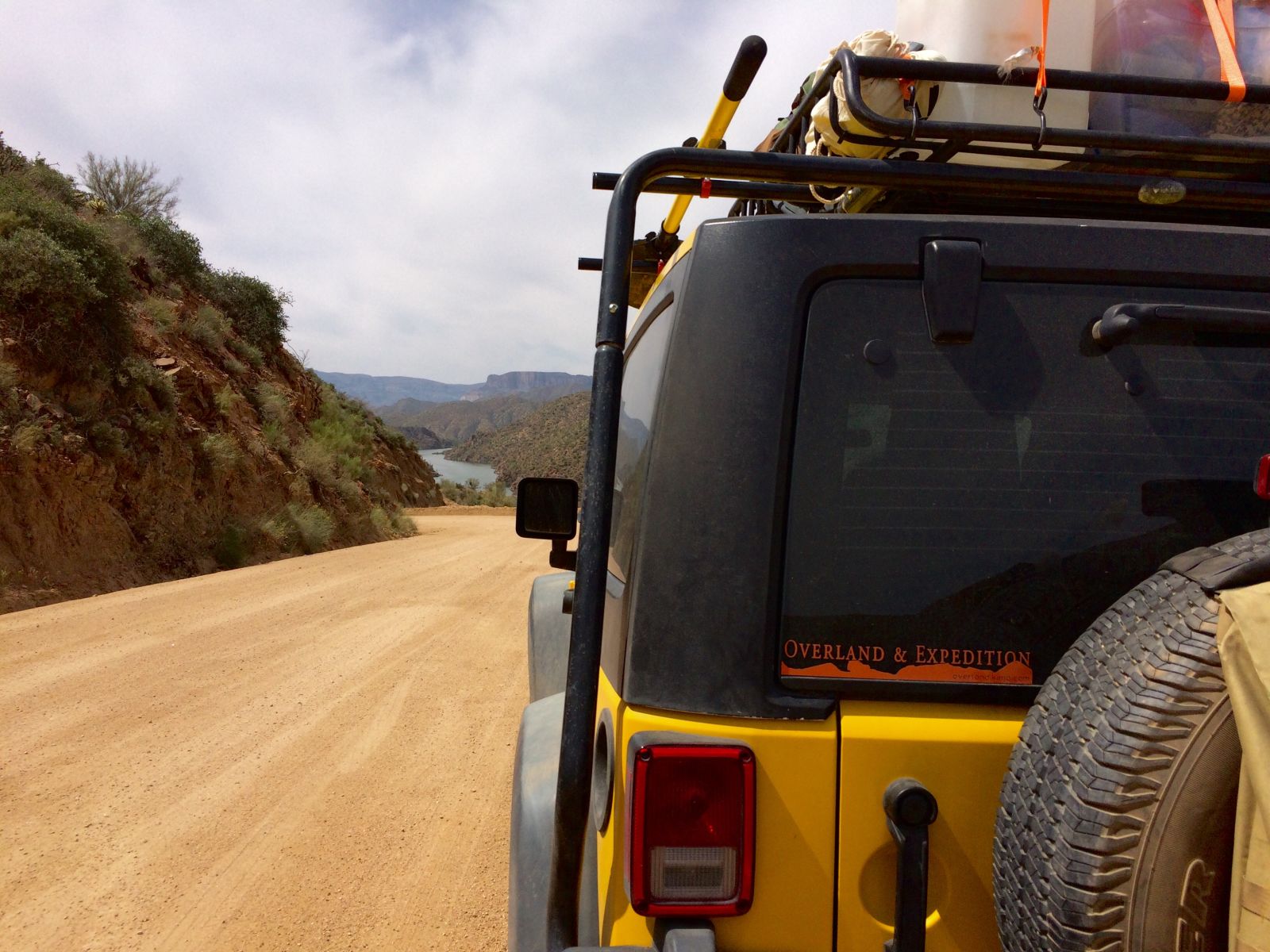
My wife and I have had a lot of adulting to do over the last few weeks, so we packed up the kids and dog and headed into the desert for a bit of stress relief. We decided to drive the entirety of the Apache Trail, and find a secluded spot to camp near Roosevelt Lake. The Apache Trail runs along Apache Lake, which is apart of the dammed portion of the Salt River. As Tim mentioned in a previous post, the Salt River is integral for human survival in the Phoenix Basin.
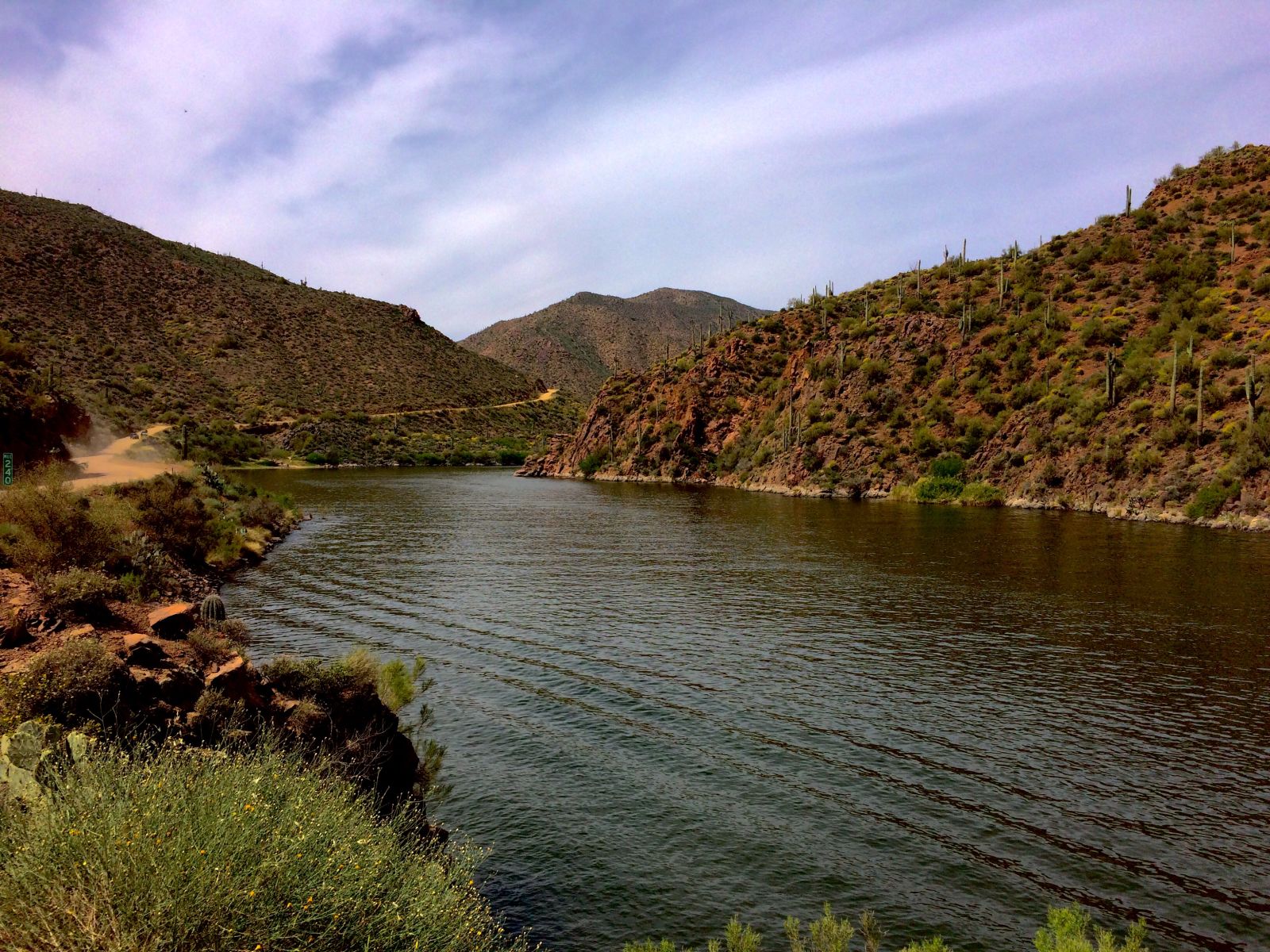
We slowly strolled along the trail, taking in the sights and mostly just enjoying the drive. There weren’t too many people on the trail, but we did see a group of guys and gals on some unicycle mountain bikes which is something I didn’t know existed. These people have some serious core strength.
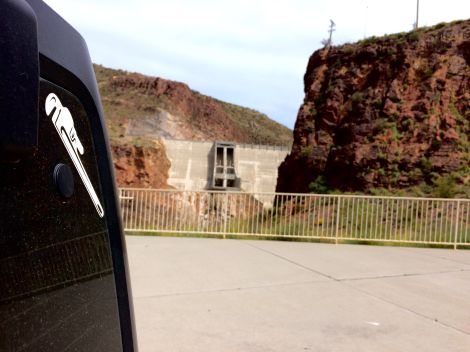
The kids fell asleep as soon as I hit dirt, so we got a nice quiet ride all the way to Roosevelt Dam. Europeans weren’t the first people to harness the power of rivers in this area. The ancestors of the O’odham speaking tribes (referred to as the Hohokam by archaeologists) built their first canals along the Gila and Salt Rivers as early as 800 CE. Mormon pioneers even re-dug and used some of their canals when they started the Jonesville (later renamed Lehi) settlement in what is now Mesa, Arizona. Many of the canals used in the Phoenix metro area today were originally formed by the Hohokam.
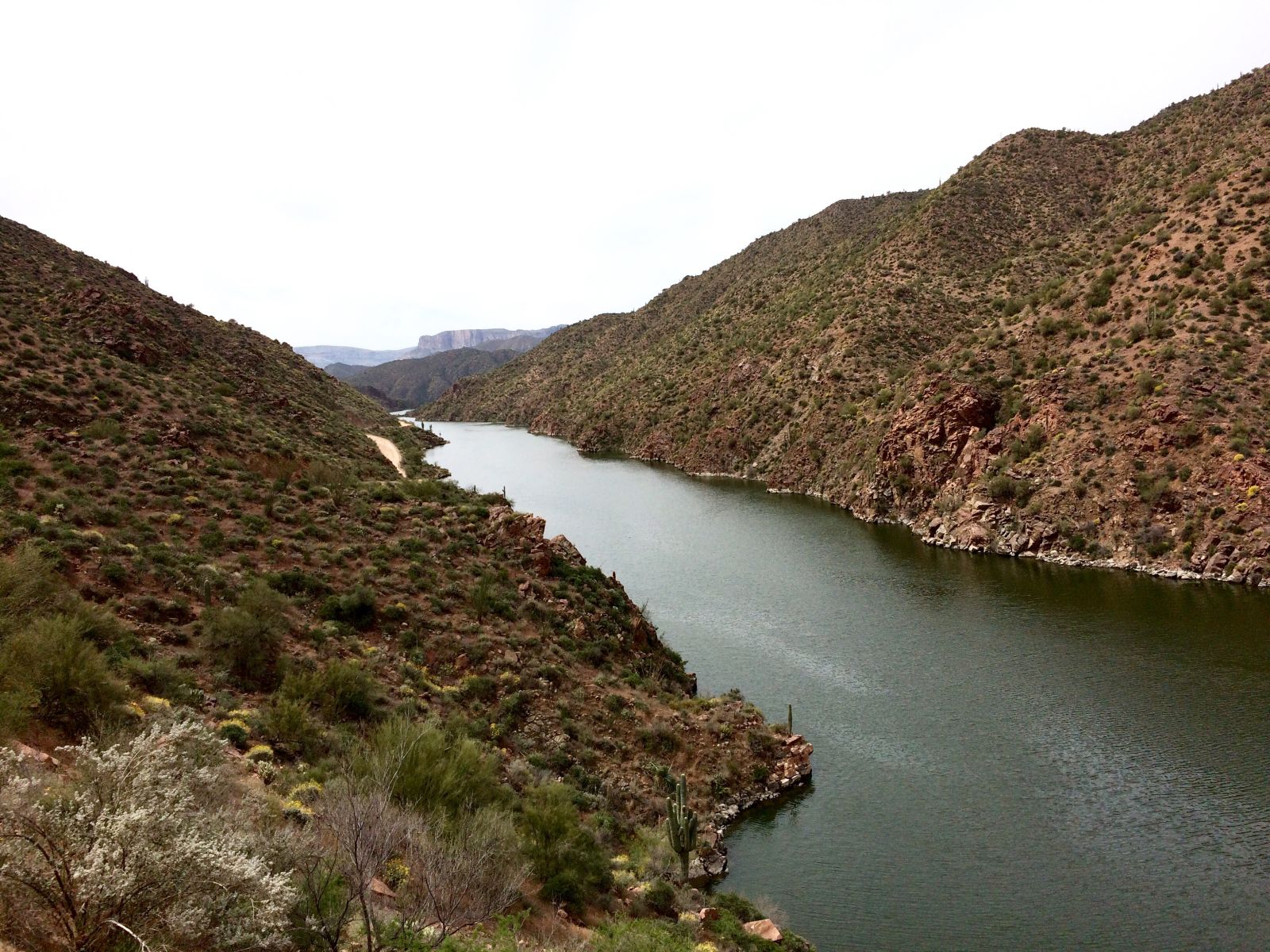
This little civilization flourished for about 500 years before nature reclaimed the land, rendering many of the canals unusable after a series of floods. Eventually the people went back to subsistence farming, growing various beans and squashes along the banks of the Salt and Gila Rivers. The tribes, known as the Akimel O’odham (River People), view the Salt and Gila Rivers as holy. Their entire lives centered around the rivers. The damning of these rivers, and the subsequent irrigation of the land by farmers decimated their population and culture. The Gila Indian Reservation battled the US government for almost a century, and in 2004 were granted increased water rights as a part of the Arizona Water Settlement Act. Interestingly, that same year they had to open up the dams and let the Salt River flow again as a result of increased rain. I was a senior in high school when this happened, and it was quite a sight to behold as a roaring river emerged through the middle of Phoenix.
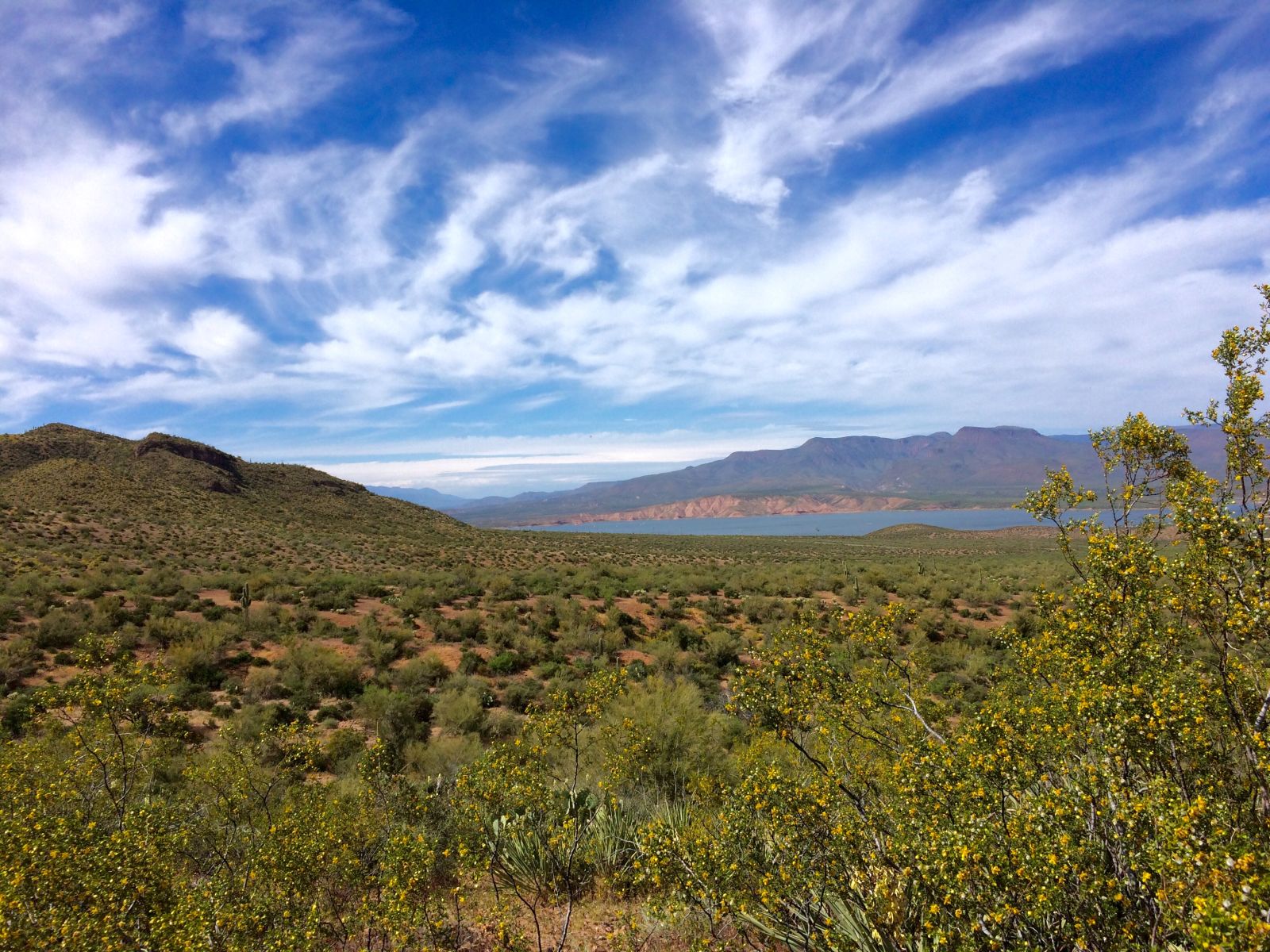
After about two hours of driving we made it to our site overlooking Roosevelt Lake. While the lake had some traffic, the desert west of the lake was empty. We didn’t see anyone else out here. The weather was great, so after setting up camp we just sat back and enjoyed the scenery. A storm was rolling in north of us, so we ended up getting a great evening sky.
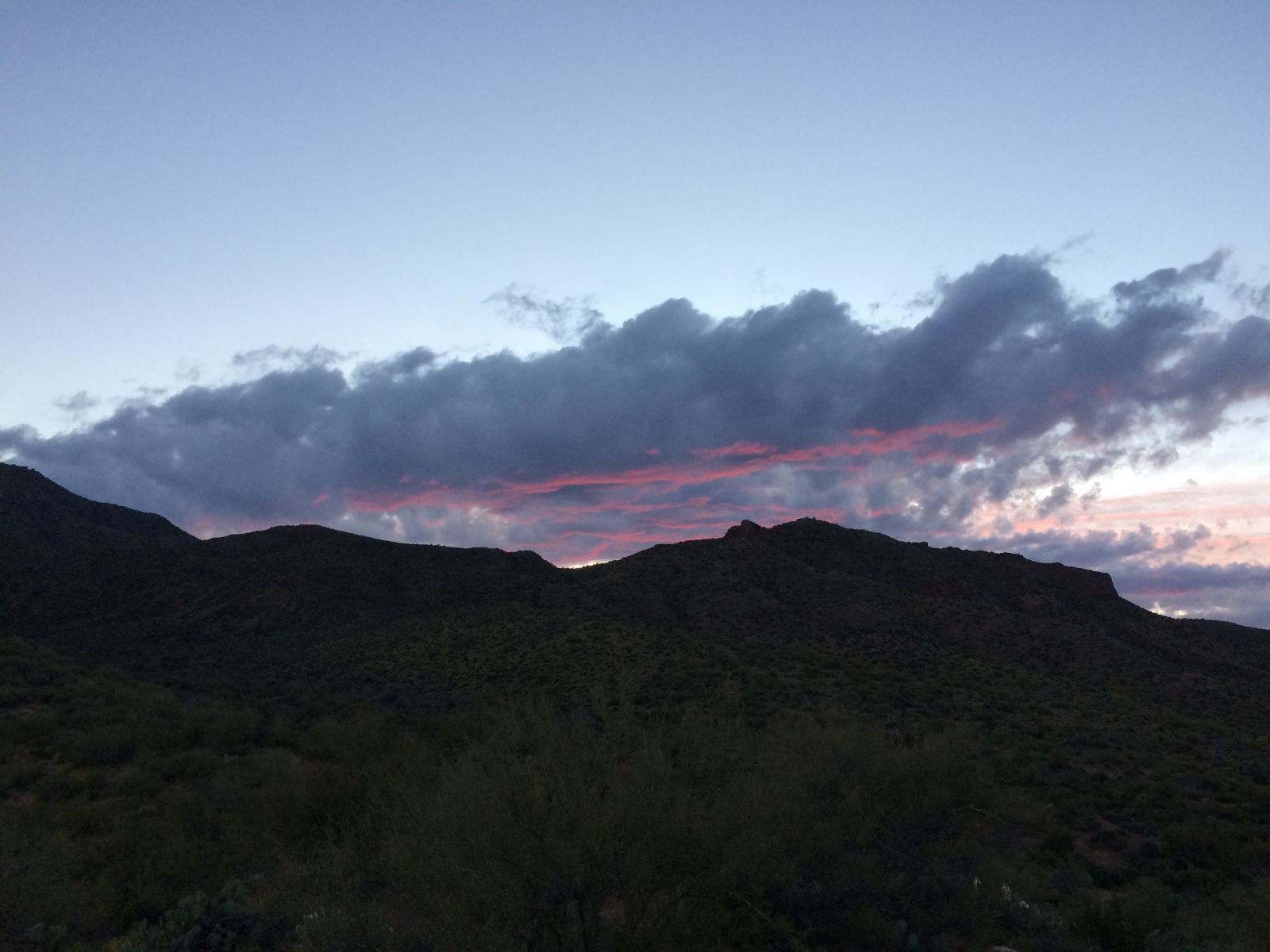
It got extremely windy during the night, but our campsite stayed intact. I was greeted with some amazing morning scenery and made a new friend while taking care of my morning rituals.
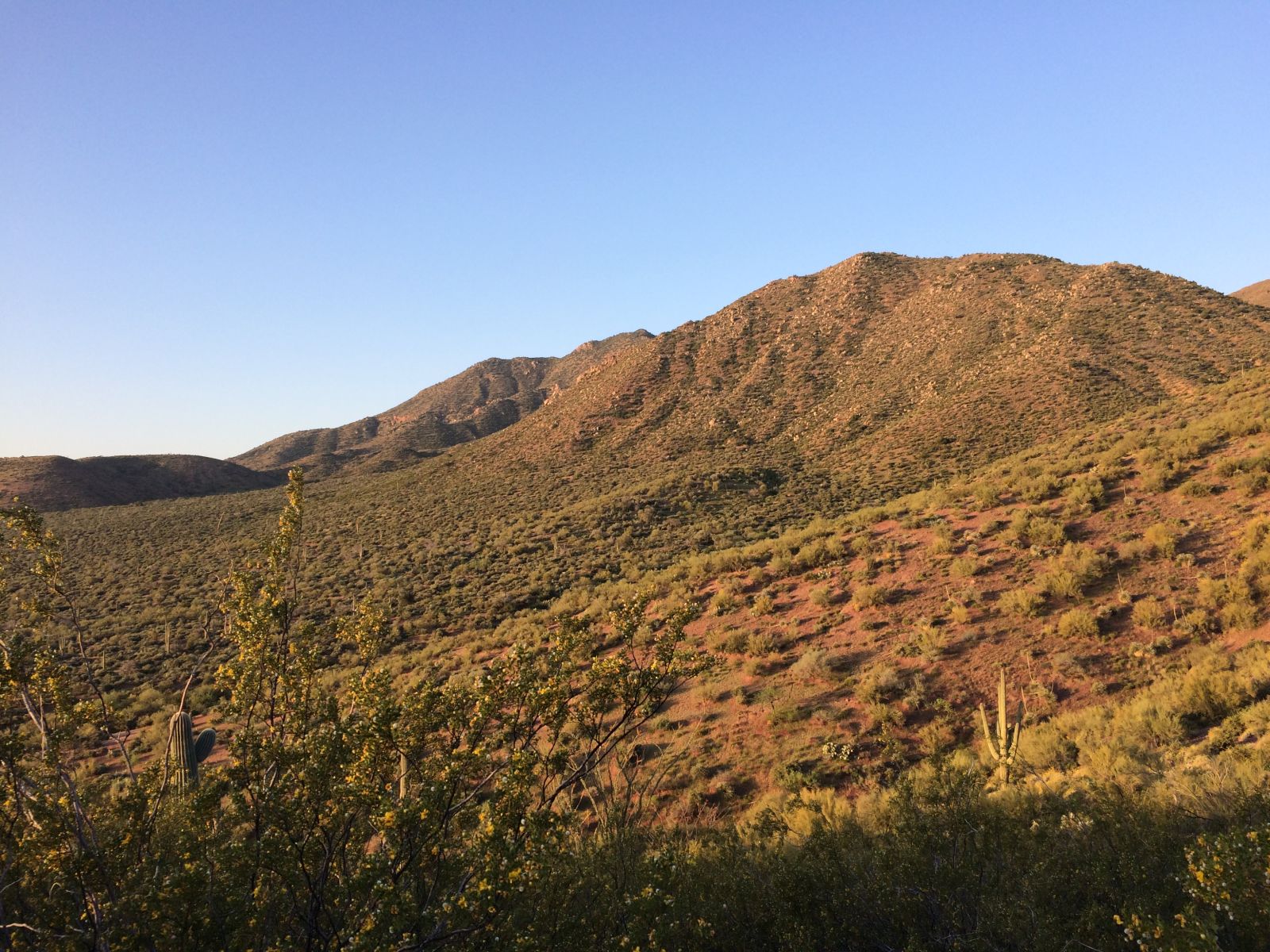
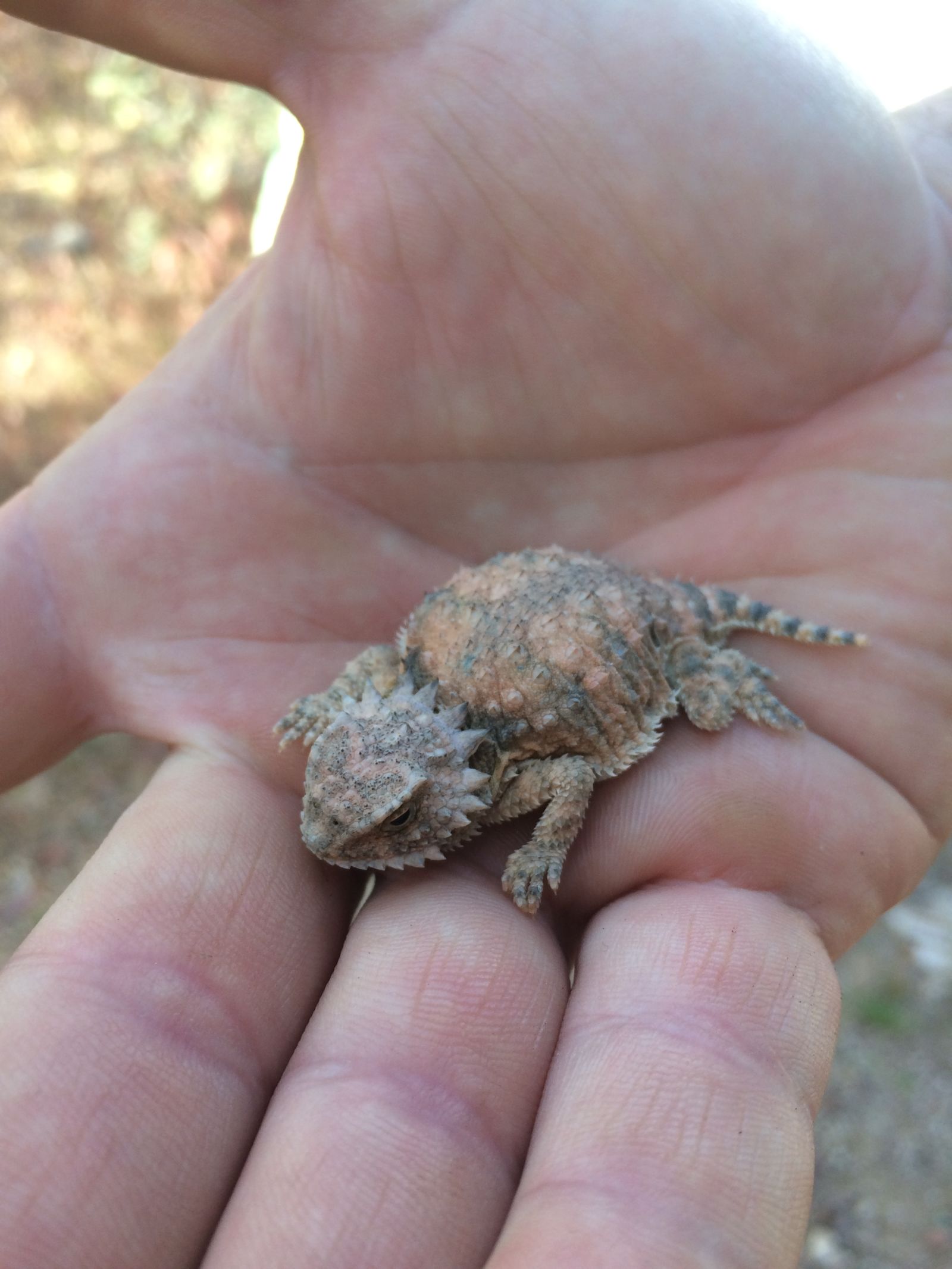
We took the long way back, exploring a few trails along the way. Some of them got really narrow. Narrow to a point where I started wondering if the tracks I was seeing were from ATVs.
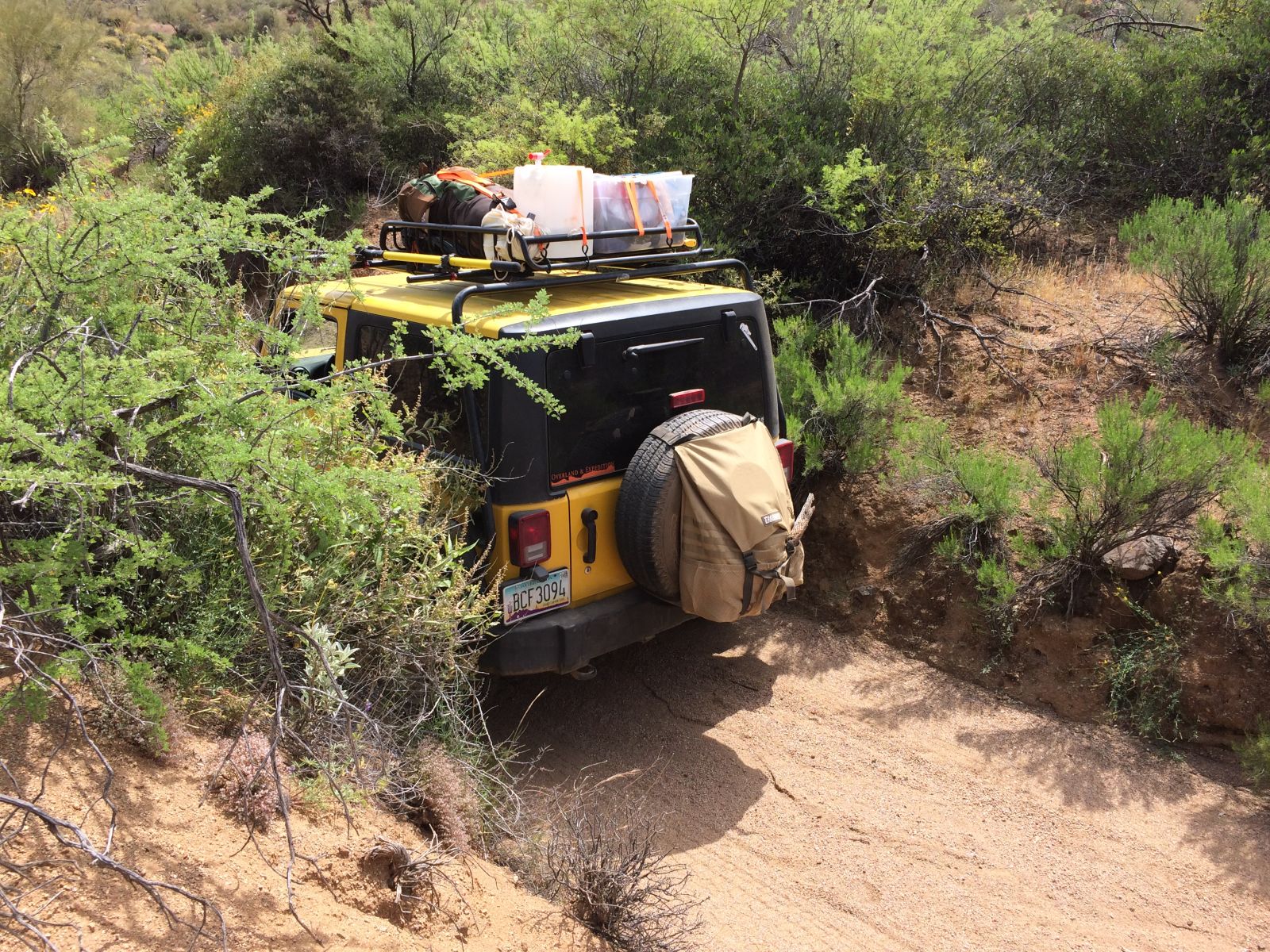
All in all it was a much needed nice little trip. We kan on doing a multiday trip this coming weekend in Either southern Utah or northern Arizona, so this served as a good way to shake some of the cobwebs off.